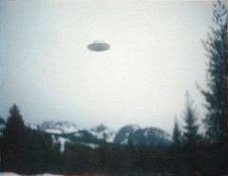Huge reptiles called dinosaurs began to flourish on earth 180 million years ago. These creatures suddenly died out about 60 million years ago.
Why did dinosaurs vanish suddenly, after ruling the earth for some 120 million years, is a question that still puzzles scientists today.
Despite the many theories on dinosaur extinction, including the currently popular meteorite impact theory, the demise of the dinosaurs is still unexplained.
Wherever dinosaur bones are unearthed, the evidence predominantly suggests catastrophic entombment by water, sometimes by clearly marine water. Just the burial and fossilisation of such massive hulks as the large dinosaurs indicates catastrophic action. There is also evidence that some dinosaurs were rapidly buried in at least regional debris flows.
The large dinosaur bone-beds especially indicate a major catastrophe. Some of these bone-beds represent the remains of one dinosaur species, an unusual taphonomic condition. Babies and young juveniles are almost entirely missing as fossils, another enigmatic occurrence for those who assume uniformitarianism.
Billions of dinosaur tracks have recently been discovered, and these provide further evidence for unusual, stressful conditions. For instance, the tracks do not traverse hills, they are practically always orientated in a straight line, there are very few tracks of baby dinosaurs, and some dinosaurs that may have been poor swimmers are nearly absent. It is suggested that dinosaur tracks and remains could have occurred during temporary exposure of sediments during the first half of the Flood.
Dinosaur eggs, nests, and babies at first glance appear to contradict the hypothesis of briefly exposed sediments during the Flood. However, many unknowns still surround this fascinating evidence of in situ dinosaur activity.
The volcanic and meteorite theories for dinosaur extinction have both supportive and contrary data. The data from these theories can be fitted into a Flood model, a model in which the dinosaurs perished at different times within the first 150 days.
Sunday, December 13, 2009
Subscribe to:
Comments (Atom)















